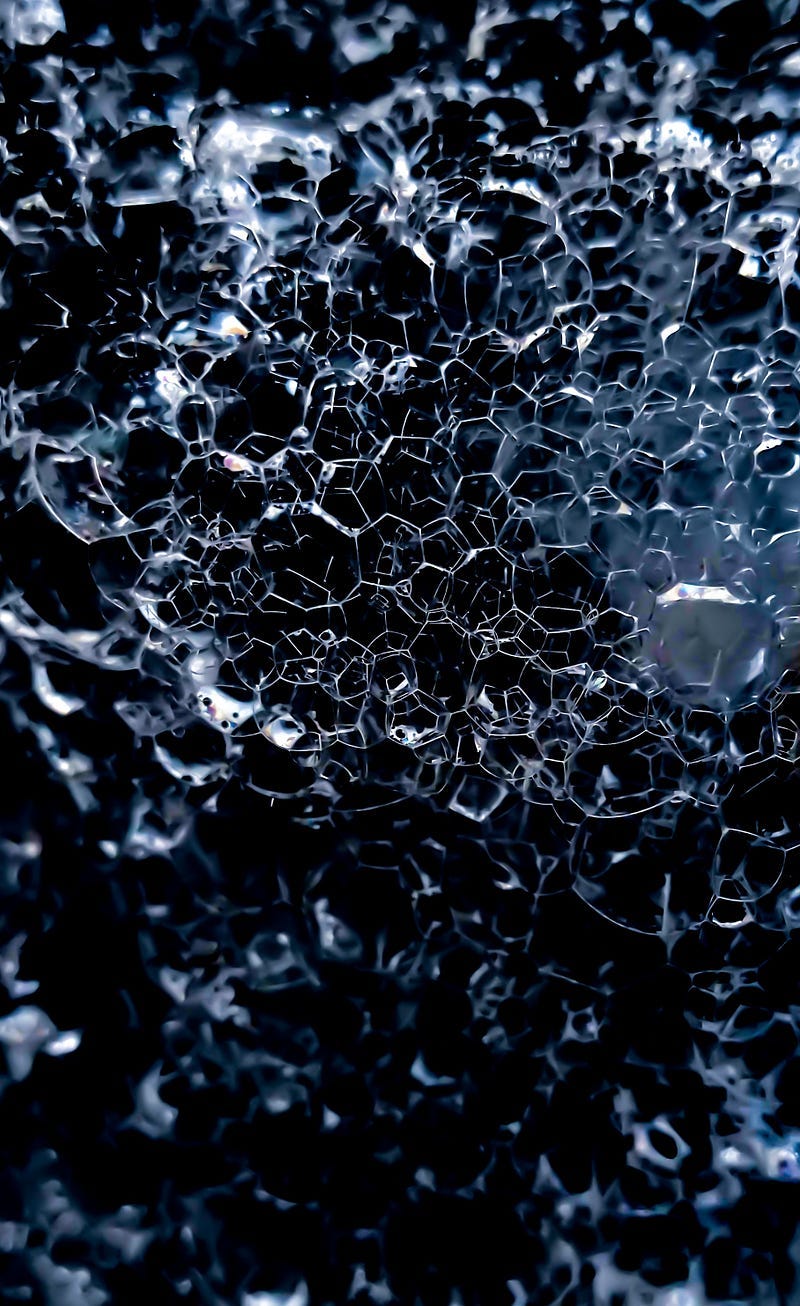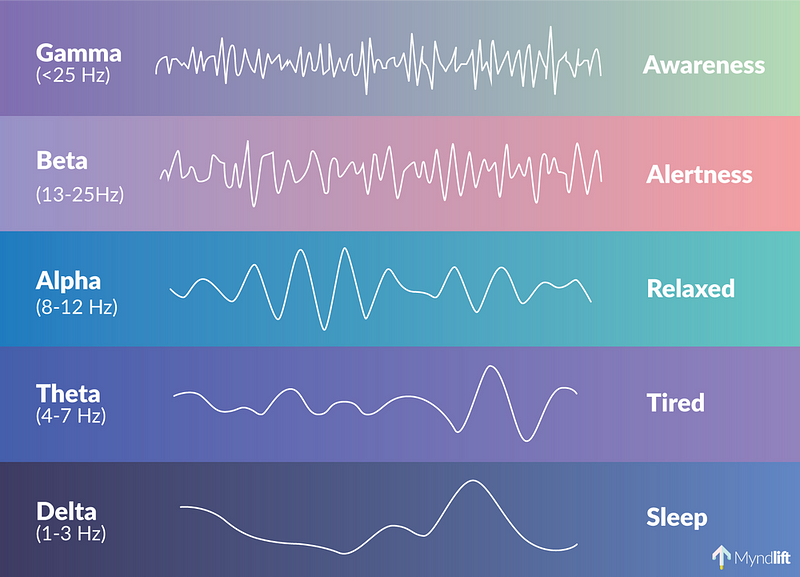“Everything in life is vibration” Albert Einstein
My love for energy movement and how it weaves together the essence of this universe from how our body works, to our concept of joy, depression and life purpose is what inspired me to train as a Pilates teacher. I have learned from people, teachers, books and self awareness over the last decade that I also want to share through my writing, teaching and podast. This is a multifaceted subject which can meander off down different steams of thought. I wanted to learn where movement began and how understanding it impacts my own self awareness and contentment. Who knew that the quest for finding joy started with thermodynamics and quantum mechanics.
Where it all begins
The first law of Thermodynamics; energy can neither be created or destroyed, but transformed from one form to another.
All that exists around us, including space, is made of matter and therefore connected with energy vibrating through us all. The world does not exist how we believe it exists. As I summarise in the words of author and physicist, Carlo Rovelli:
“If we look at a stone, it stays still. But if we could see its atoms, we would observe them in ceaseless vibration. Quantum mechanics reveals to us that, the more we look at the detail of the world, the less constant it is. The world is not made up of tiny pebbles. It is a world of vibrations, a continuous fluctuation, a microscopic swarming of fleeting micro-events”

See this image above of a macro shot of bubbles? It’s my attempt of providing an image to what Physicists call a “spin network”. This is what space looks like when you look at it on a quantum (really really really really really small) level. So if all of life, space, matter, your dog, cup of coffee and next door neighbour, are made up of this infinite stuff, does that mean that we are the stuff that stars are made of?
We are connected to the stars. Why doesn’t the sun, the moon and other planets not collapse in on Earth? Gravity - the attractive force between all things. Our planet and others all have a relationship with each other. We are in relationship to everything that exists, like an infinite web of quantum matter.
Back to (our perception of) reality
Let’s come back to human size level and discuss what this means for our experience in this world. If we are all connected, that means we affect others and others affect us. Which means every action or inaction we take or do not take, effects the other.
We do not realise the power we hold.
Take Dr. Emoto’s famous water experiment for example, demonstrating the effects human emotions and intent have on the formation of water crystals. In his original experiment he presented full water bottles on a table in a busy Japanese subway. One water bottle was labelled “Love” and the other “Hate”, as thousands of people walked past these bottles and looked upon them, reading the labels, their thoughts and emotions would respond to the label. At the end of the experiment they examined the water crystals that had formed inside these bottles. The Love bottle had beautiful crystalline formations and the Hate bottle had ugly formations (Radin et al, 2006).
Energy, frequency and our body
But how does this work? How do we affect the formation of water crystals and each other? Energy and frequency. Firstly, we are made of mostly water. Secondly, our emotions are energy vibrating at a certain frequency and that impacts matter around us. For example, if one tuning fork is vibrating at a frequency and we put another tuning fork next to it, it starts to resonate at the same frequency. The below image gives an overview of human brain wave frequencies and the states related to it.

An experiment conducted by Aftanas et al (2006) demonstrated the relationship between emotions and brain wave frequencies. By showing participants neutral and emotive movies, triggered emotional responses which were visible in brain wave frequences. Happiness was accompanied by a decrease in Beta 2, 3 and Gamma. Joy was accompanied by increase in Delta and Theta 2. Anger was accompanied by an increase in Theta 2, Beta 2, Beta 3 and Gamma. We can see the correlation between emotion and increase or decrease in brain activity.
It’s not just the brain that does this - it has been discovered that the heart also has a “brain”, a more powerful brain, in fact, as the signals sent by the heart to the brain are more powerful than the brain’s signals to the heart. That’s why we can’t often think our way out of feeling a certin way. The heart even produces a hormone called atril peptide, (nicknamed the balance hormone) which scientists believe can influence motivation and behaviour (McCraty, 2015). The energy movement and vibration of our brain, heart and body influence the way we feel.
Why is this important?
We are all connected to everything that exists, and it means that we are impacted by energy frequency stimulants all around us (a scary film, the noise of a city crowd, the full moon, a cranky loved one). When we experience emotions in our body, they can completely change how we process our world. If we find out we won the lottery, we experience happiness, joy and elation. If we find out we lost our job, we feel despair, sadness, fear and guilt. We end up in a reactive state to the constant change of life, and then end up making decisions based on how we are feeling. We believe that these emotions are us, when in fact, what I have been demonstrating above, these emotions are energy moving through us, dancing in a symphony with our own vibrating atoms that make up our body.
Emotions are crucial to our life, bringing vibrancy and texture to our experience, demonstrating what we love and what motivates us. Without emotions, our lives would lack purpose. However, the key is to be aware that emotions are not us and we are not emotions. Like the clouds in the sky, they come and go, from storms to sunshine, but the blue sky always remains.
Knowing this can be life changing as it can give us that space, that gap, that moment to be able to step back from a situation and look at it objectively. Instead of being the frightened (reactive) child, we build resilience to become the (responsive) parent who holds the child in its arms, understanding what is needed to support them. It is the development of resilience, the ability to come into command is what frees us from being subject to the ever crashing waves of emotion. Yes, they will always be there, but we now have the ability to respond and care for ourselves, rather than being in a constant state of reaction.
Building resilience means we are able to deal with challenging situations, recover quicker, not be triggered so easily and able to remain calmer for longer. We have better relationships with loved ones and colleagues. We enjoy a better state of life and being. Our health improves as we recover quicker from stress, reducing the risk of chronic disease.
This is the work I have been studying; the threads of movement in mind, body, earth and universe to understand myself and the world I experience. This enables me to learn ways to build resilience and come back into command, into my centre, so I am able to live a joyful life. I practice and teach Pilates to move energy through my body, to land into my bones and return to the present moment.
Movement practices such as Pilates gift us more than just physical exercise, they offer us a way to anchor back into the present moment, through the only thing that exists in the present moment - our body. Our bones, made of the minerals of this earth, allow us to land and locate when our mind has grasped and run off with the nearest thought and emotion. Movement is more than exercise, movement is medicine.
Archived at isemurphy.com. If you enjoyed this, consider becoming a paid subscriber, or if you want to say thanks, you can buy me a coffee.
The Undo. Project is a reader-supported publication. To receive new posts and support my work, consider becoming a free or paid subscriber.
References
Aftanas, L. I., Reva, N. V., Savotina, L. N. and Makhnev, V. P. (2006)
“Neurophysiological Correlates of Induced Discrete Emotions in Humans: An Individually Oriented Analysis” Neuroscience and Behavioral Physiology, 36(2) pp. 119-130.
McCraty, R. (2015) Science of the Heart. California: HeartMath Institute.
Radin, D., Hayssen, G., Emoto, M. and Kizu, T. (2006) |Double-Blind Test of the Effects of Distant Intention on Water Crystal Formation”EXPLORE: The Journal of Science and Healing, 2(5) pp. 408-411.

